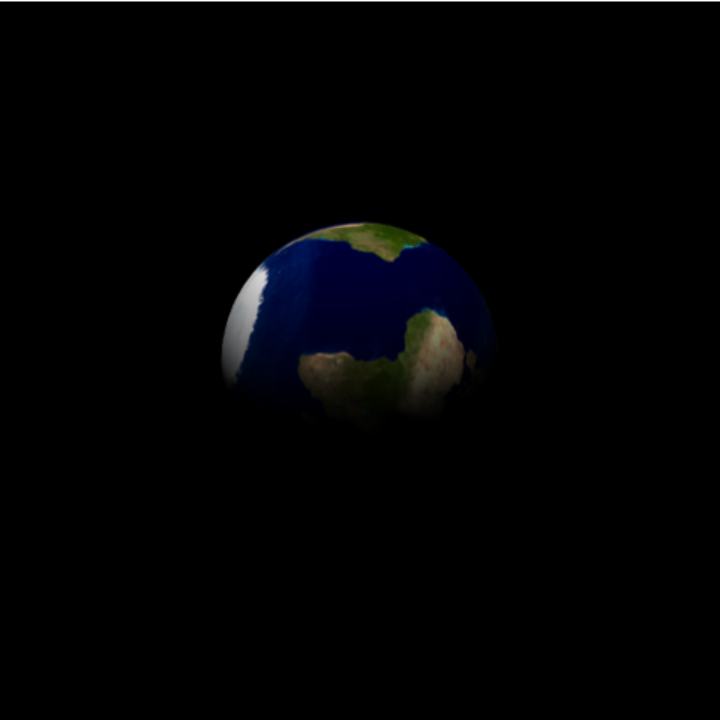Basic Examples (3)
Visualize the face of Mars currently visible from Earth:
Visualize the face of Jupiter visible from Earth on a specific date, including the position of the Great Red Spot:
Visualize the appearance of the Moon as seen from Earth on a specific date:
Options (11)
FieldWidth (2)
Use "FieldWidth" to zoom into a target:
View Jupiter's moon Io as seen from the Amergin crater near the equator of Jupiter's moon Europa:
Re-orient the camera so that the north ecliptic pole is up:
IncludeSaturnRings (2)
By default, Saturn includes the rings:
For faster rendering, the rings can be turned off:
IncludeTextures (2)
View the Earth and Moon from a Olympus Mons on Mars:
Turn off the textures for Earth and the Moon so that their dark textures don't make it hard to see them:
SatellitesToInclude (3)
Visualize Mars and include both of its moons:
Enlarge the moons for better visibility:
Label the moons:
SolarSystemFeatures (2)
Label features that are visible on Mars:
Label features on the Moon:
Applications (9)
Show the appearance of Mars at 10 PM local time:
Simulate the occultation of Mars by the Moon:
Simulate Neptune being occulted by Mercury as observed at the North Pole of the Earth:
Reproduce the observations of Galileo on Jan 8, 1610:
Explore the positions of some of Saturn's small moons near the rings:
Explore a typical backyard telescopic view of Saturn's larger moons:
Recreate an occultation of Saturn by Venus in 1771:
Re-create a view of crescent Venus and a crescent Moon next to each other:
Simulate the view from Apollo 8 during the famous "Earthrise" photograph. Assume a position near the equator of the Moon and slightly on the Earth‐side of the Moon. Africa can be seen on the terminator:


![ResourceFunction["TelescopeView3D"][Entity["PlanetaryMoon", "Moon"], DateObject[{2023, 3, 31, 3, 0, 0}, "Instant", "Gregorian", "America/Chicago"], GeoPosition[{40.11, -88.22}]]](https://www.wolframcloud.com/obj/resourcesystem/images/fea/fea7ca51-a57a-43ba-8d6b-79dadb740a1c/1-3-0/268899f6fa0a374e.png)

![ResourceFunction["TelescopeView3D"][Entity["Planet", "Neptune"], DateObject[{1989, 8, 25, 12, 0, 0}, "Instant", "Gregorian", "America/Chicago"], "FieldWidth" -> #] & /@ {Quantity[10, "Arcseconds"], Quantity[5, "Arcseconds"], Automatic}](https://www.wolframcloud.com/obj/resourcesystem/images/fea/fea7ca51-a57a-43ba-8d6b-79dadb740a1c/1-3-0/36514c21f9763eb7.png)

![ResourceFunction["TelescopeView3D"][
Entity["PlanetaryMoon", "Io"], date, origin, "FieldWidth" -> Quantity[.01, "Radians"]]](https://www.wolframcloud.com/obj/resourcesystem/images/fea/fea7ca51-a57a-43ba-8d6b-79dadb740a1c/1-3-0/6dc27a501f85b8e7.png)

![ResourceFunction["TelescopeView3D"][
Entity["PlanetaryMoon", "Io"], date, origin, "FieldWidth" -> Quantity[.01, "Radians"], ViewVertical -> AstroPosition["NorthEclipticPole", {"ICRS", date, origin}, "Cartesian"]["Data"]]](https://www.wolframcloud.com/obj/resourcesystem/images/fea/fea7ca51-a57a-43ba-8d6b-79dadb740a1c/1-3-0/56fba22d8ed97a17.png)
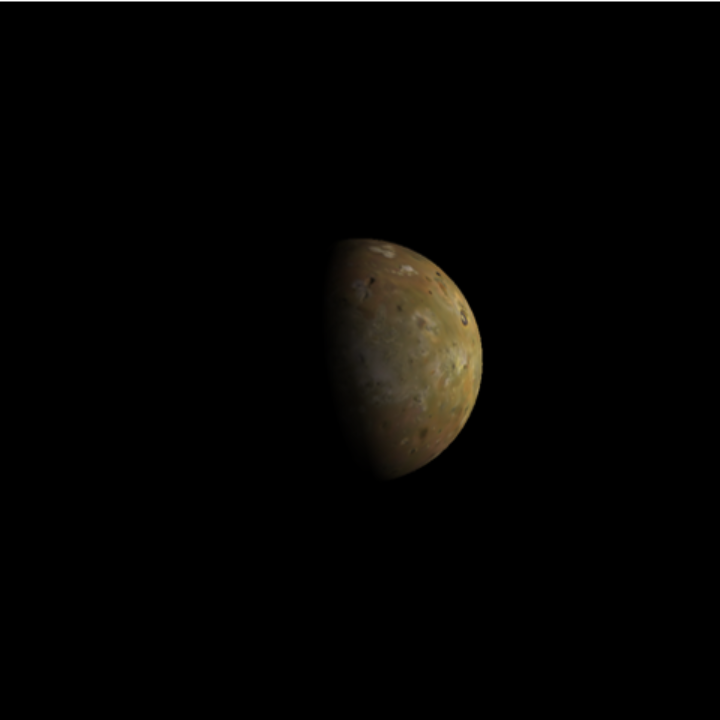
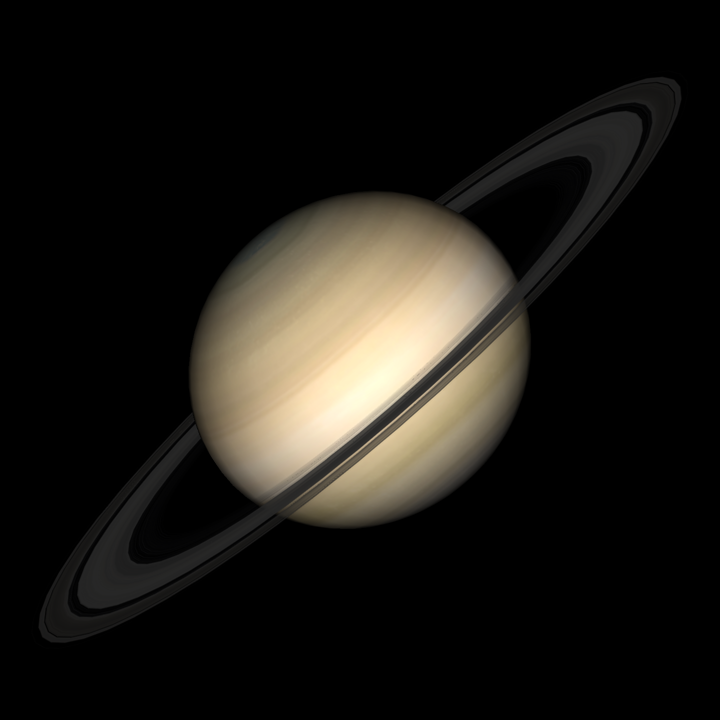
![ResourceFunction["TelescopeView3D"][Entity["Planet", "Saturn"], DateObject[{2023, 3, 4, 10, 0, 0}, "Instant", "Gregorian", "America/Chicago"], "FieldWidth" -> Quantity[30, "Arcseconds"], "IncludeSaturnRings" -> False]](https://www.wolframcloud.com/obj/resourcesystem/images/fea/fea7ca51-a57a-43ba-8d6b-79dadb740a1c/1-3-0/2b42e576af36683b.png)
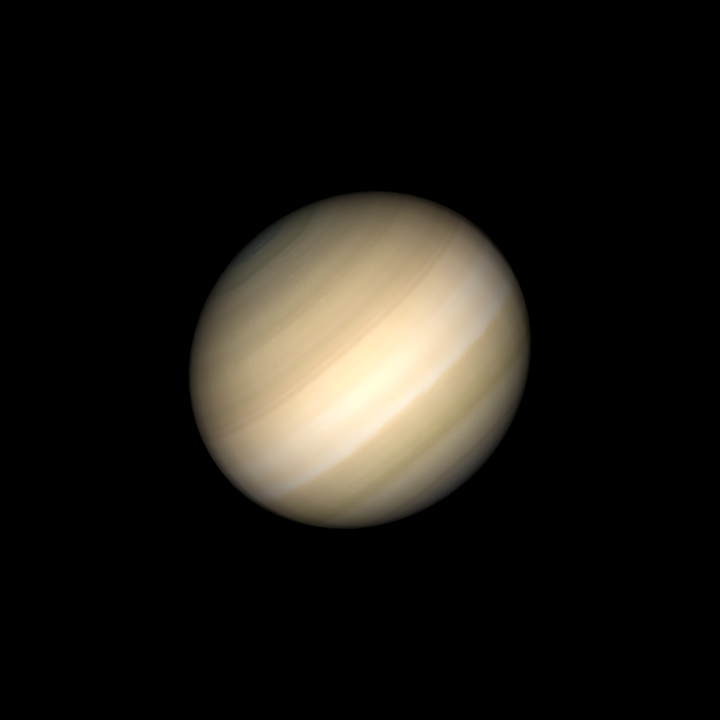
![ResourceFunction["TelescopeView3D"][Entity["Planet", "Earth"], DateObject[{2023, 3, 6, 17, 23, 58.7402054`}, "Instant", "Gregorian", -6.`], origin, "FieldWidth" -> Quantity[.25, "AngularDegrees"], "SatelliteScalingFactor" -> 2, "IncludeTextures" -> False]](https://www.wolframcloud.com/obj/resourcesystem/images/fea/fea7ca51-a57a-43ba-8d6b-79dadb740a1c/1-3-0/0c22c91b7381e78a.png)

![ResourceFunction["TelescopeView3D"][Entity["Planet", "Mars"], DateObject[{2023, 3, 3, 23, 0, 0}, "Instant", "Gregorian", "America/Chicago"], "FieldWidth" -> Quantity[0.5, "Arcminutes"], "SatellitesToInclude" -> EntityClass["PlanetaryMoon", "MarsMoon"]]](https://www.wolframcloud.com/obj/resourcesystem/images/fea/fea7ca51-a57a-43ba-8d6b-79dadb740a1c/1-3-0/0e877da00c3ca82b.png)
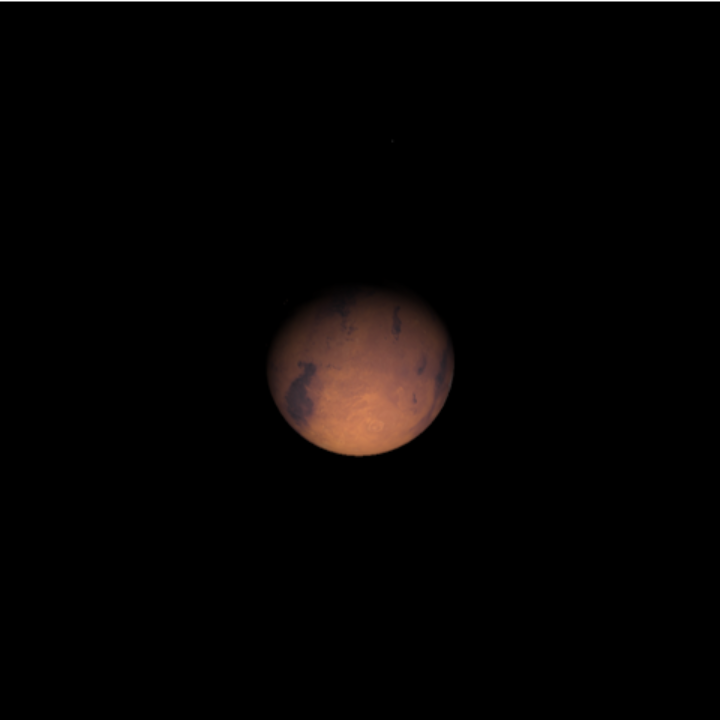
![ResourceFunction["TelescopeView3D"][Entity["Planet", "Mars"], DateObject[{2023, 3, 3, 23, 0, 0}, "Instant", "Gregorian", "America/Chicago"], "FieldWidth" -> Quantity[0.5, "Arcminutes"], "SatellitesToInclude" -> EntityClass["PlanetaryMoon", "MarsMoon"], "SatelliteScalingFactor" -> 20]](https://www.wolframcloud.com/obj/resourcesystem/images/fea/fea7ca51-a57a-43ba-8d6b-79dadb740a1c/1-3-0/16aa74a191b0c13f.png)

![ResourceFunction["TelescopeView3D"][Entity["Planet", "Mars"], DateObject[{2023, 3, 3, 23, 0, 0}, "Instant", "Gregorian", "America/Chicago"], "FieldWidth" -> Quantity[0.5, "Arcminutes"], "SatellitesToInclude" -> EntityClass["PlanetaryMoon", "MarsMoon"], "SatelliteScalingFactor" -> 20, "SatelliteLabels" -> True]](https://www.wolframcloud.com/obj/resourcesystem/images/fea/fea7ca51-a57a-43ba-8d6b-79dadb740a1c/1-3-0/0194896ace1074ee.png)
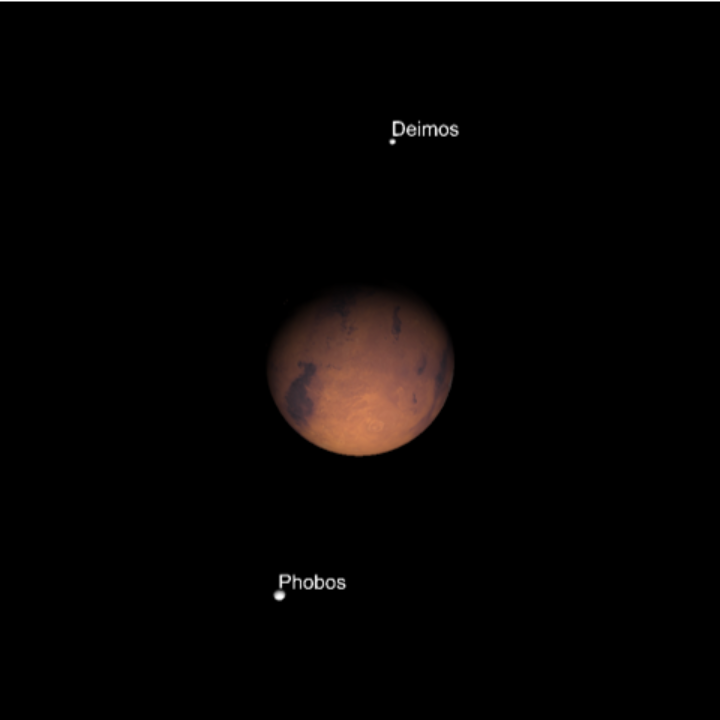
![ResourceFunction["TelescopeView3D"][Entity["Planet", "Mars"], DateObject[{2023, 5, 15, 15, 16, 44.104283452034`}, "Instant", "Gregorian", -5.`], "SolarSystemFeatures" -> {Entity["SolarSystemFeature", "OlympusMonsMars"]}]](https://www.wolframcloud.com/obj/resourcesystem/images/fea/fea7ca51-a57a-43ba-8d6b-79dadb740a1c/1-3-0/724c1c8212fa9706.png)
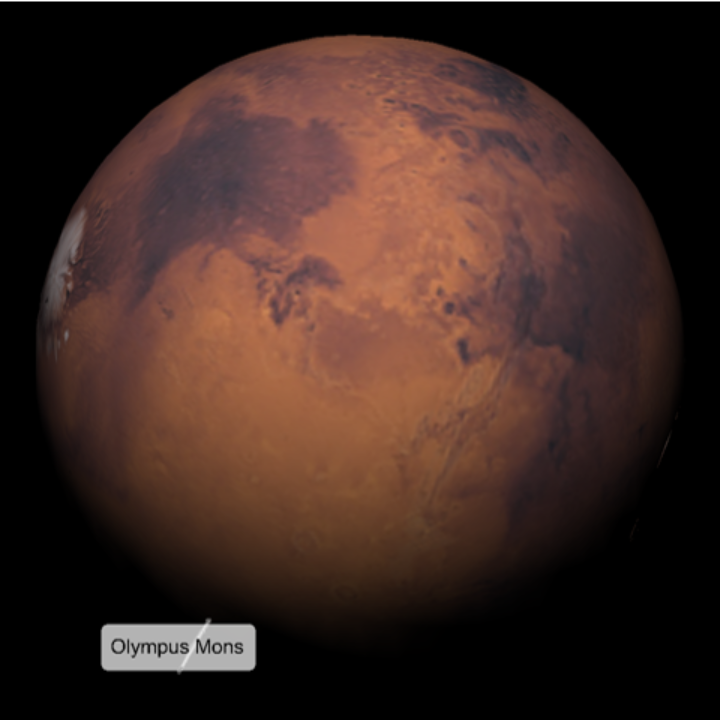
![ResourceFunction["TelescopeView3D"][Entity["Planet", "Mars"], DateObject[{2023, 5, 1, 8, 0, 0}, "Instant", "Gregorian", "America/Chicago"], "SolarSystemFeatures" -> {Entity["SolarSystemFeature", "OlympusMonsMars"], Entity["SolarSystemFeature", "ArsiaMonsMars"],
Entity["SolarSystemFeature", "PavonisMonsMars"], Entity["SolarSystemFeature", "AscraeusMonsMars"], Entity["SolarSystemFeature", "VallesMarinerisMars"]}]](https://www.wolframcloud.com/obj/resourcesystem/images/fea/fea7ca51-a57a-43ba-8d6b-79dadb740a1c/1-3-0/03331fda151a4b66.png)

![ResourceFunction["TelescopeView3D"][Entity["PlanetaryMoon", "Moon"], DateObject[{2023, 4, 5, 0, 0, 0}, TimeZone -> "America/Chicago"], "SolarSystemFeatures" -> {Entity["SolarSystemFeature", "MareTranquillitatisMoon"], Entity["SolarSystemFeature", "CopernicusMoon"], Entity["SolarSystemFeature", "TychoMoon"], Entity["SolarSystemFeature", "MareSerenitatisMoon"], Entity["SolarSystemFeature", "MareImbriumMoon"], Entity["SolarSystemFeature", "MareNubiumMoon"], Entity["SolarSystemFeature", "MareFrigorisMoon"], Entity["SolarSystemFeature", "MareCrisiumMoon"], Entity["SolarSystemFeature", "MareCognitumMoon"], Entity["SolarSystemFeature", "MontesApenninusMoon"]}]](https://www.wolframcloud.com/obj/resourcesystem/images/fea/fea7ca51-a57a-43ba-8d6b-79dadb740a1c/1-3-0/489e347e87b3a2ed.png)

![ResourceFunction["TelescopeView3D"][Entity["PlanetaryMoon", "Io"], DateObject[{2023, 4, 1, 20, 0, 0}, TimeZone -> "America/Chicago"], "SolarSystemFeatures" -> {Entity["SolarSystemFeature", "LokiPateraIo"], Entity["SolarSystemFeature", "BabbarPateraIo"], Entity["SolarSystemFeature", "PeleIo"]}]](https://www.wolframcloud.com/obj/resourcesystem/images/fea/fea7ca51-a57a-43ba-8d6b-79dadb740a1c/1-3-0/389ca6fcf5ae50f1.png)

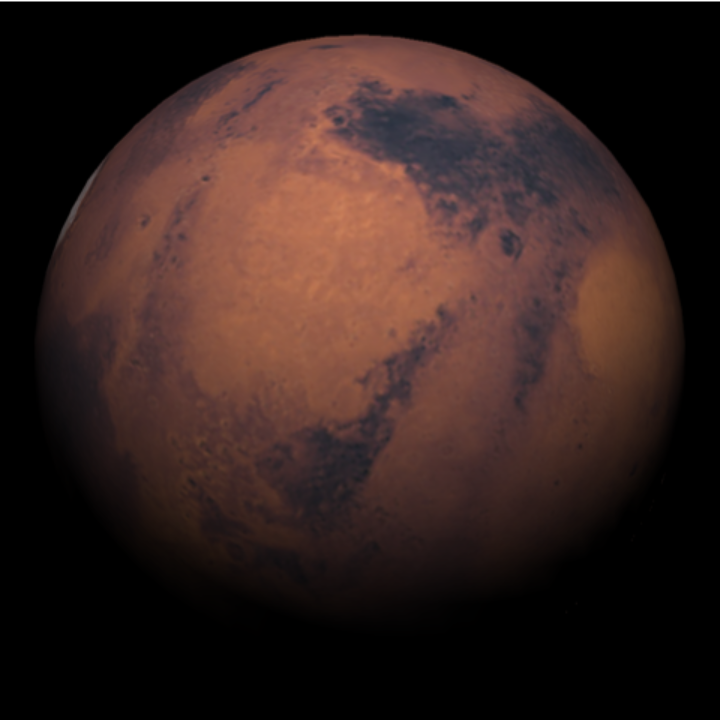
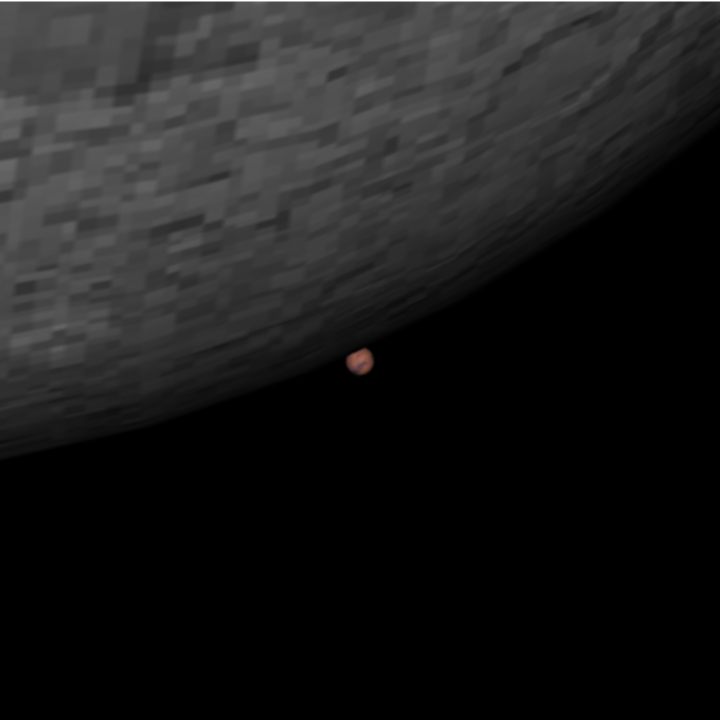
![ResourceFunction["TelescopeView3D"][Entity["Planet", "Mercury"], DateObject[{2067, 7, 15, 11, 53, 30}, "Instant", "Gregorian", 0.`], GeoPosition[{90, 0}], "FieldWidth" -> Quantity[20, "Arcseconds"]]](https://www.wolframcloud.com/obj/resourcesystem/images/fea/fea7ca51-a57a-43ba-8d6b-79dadb740a1c/1-3-0/21cc7d02050c8313.png)

![ResourceFunction["TelescopeView3D"][Entity["Planet", "Jupiter"], DateObject[{1610, 1, 8, 18, 0, 0}, "Instant", "Gregorian", "Europe/Rome"], Entity["City", {"Padova", "Veneto", "Italy"}], "FieldWidth" -> Quantity[0.4, "AngularDegrees"], "SatellitesToInclude" -> EntityClass["PlanetaryMoon", "GalileanMoon"], "SatelliteScalingFactor" -> 10]](https://www.wolframcloud.com/obj/resourcesystem/images/fea/fea7ca51-a57a-43ba-8d6b-79dadb740a1c/1-3-0/4d08863df744547b.png)
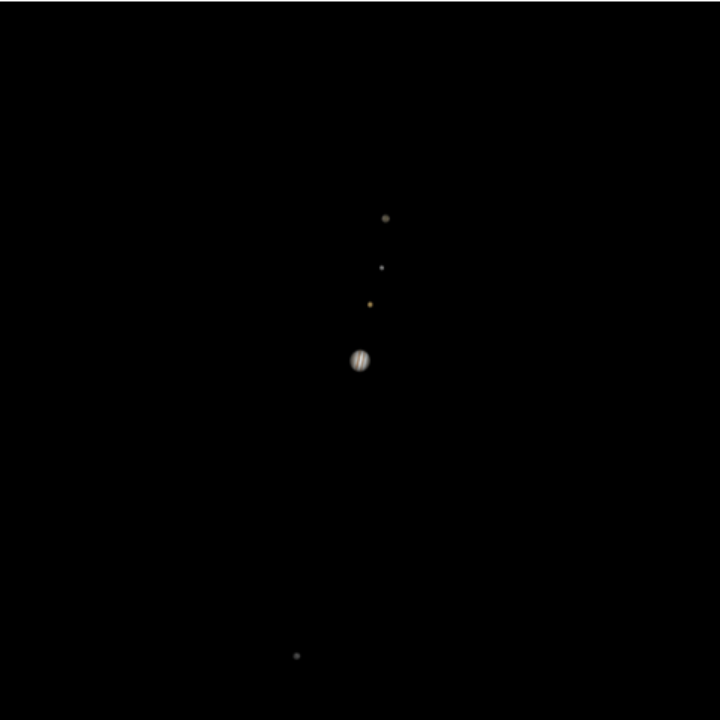
![ResourceFunction["TelescopeView3D"][
Entity["PlanetaryMoon", "Prometheus"], DateObject[{2022, 11, 21, 1, 0, 0}, "Instant", "Gregorian", "America/Chicago"], "FieldWidth" -> Quantity[20, "Arcseconds"], "SatelliteLabels" -> True, "SatelliteScalingFactor" -> 10, "SatellitesToInclude" -> {Entity["PlanetaryMoon", "Atlas"], Entity["PlanetaryMoon", "Pan"], Entity["PlanetaryMoon", "Prometheus"], Entity["PlanetaryMoon", "Pandora"], Entity["PlanetaryMoon", "Telesto"]}, "IncludeSaturnRings" -> True]](https://www.wolframcloud.com/obj/resourcesystem/images/fea/fea7ca51-a57a-43ba-8d6b-79dadb740a1c/1-3-0/039a9025ee905a29.png)

![ResourceFunction["TelescopeView3D"][Entity["Planet", "Saturn"], DateObject[{2022, 11, 21, 1, 0, 0}, "Instant", "Gregorian", "America/Chicago"], "FieldWidth" -> Quantity[6, "Arcminutes"], "SatelliteScalingFactor" -> 10, "SatellitesToInclude" -> {Entity["PlanetaryMoon", "Titan"], Entity["PlanetaryMoon", "Rhea"], Entity["PlanetaryMoon", "Tethys"],
Entity["PlanetaryMoon", "Dione"], Entity["PlanetaryMoon", "Enceladus"], Entity["PlanetaryMoon", "Mimas"]}]](https://www.wolframcloud.com/obj/resourcesystem/images/fea/fea7ca51-a57a-43ba-8d6b-79dadb740a1c/1-3-0/4679a3d30e0449a4.png)
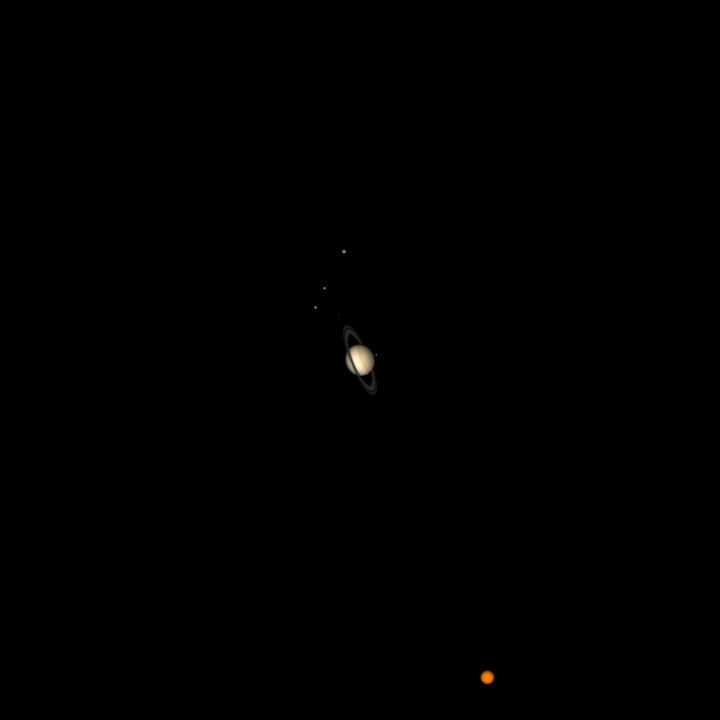
![ResourceFunction["TelescopeView3D"][Entity["Planet", "Saturn"], DateObject[{1771, 8, 29, 19, 38, 0}, "Instant", "Gregorian", 0.`], GeoPosition[{-26.19, 28.04}], "FieldWidth" -> Quantity[40, "Arcseconds"]]](https://www.wolframcloud.com/obj/resourcesystem/images/fea/fea7ca51-a57a-43ba-8d6b-79dadb740a1c/1-3-0/523412a3982b5492.png)

![ResourceFunction["TelescopeView3D"][Entity["Planet", "Venus"], DateObject[{2020, 6, 19, 4, 19, 0}, "Instant", "Gregorian", -3.`], GeoPosition[{46.15, -60.17}], "FieldWidth" -> Quantity[13.3, "Arcminutes"]]](https://www.wolframcloud.com/obj/resourcesystem/images/fea/fea7ca51-a57a-43ba-8d6b-79dadb740a1c/1-3-0/780564eb81035bfc.png)

![ResourceFunction["TelescopeView3D"][Entity["Planet", "Earth"], DateObject[{1968, 12, 24, 15, 40, 0}, "Instant", "Gregorian", 0.`], GeoPosition[{0, 85}, Entity["PlanetaryMoon", "Moon"]], "FieldWidth" -> Quantity[5, "AngularDegrees"]]](https://www.wolframcloud.com/obj/resourcesystem/images/fea/fea7ca51-a57a-43ba-8d6b-79dadb740a1c/1-3-0/0787972145c20425.png)
